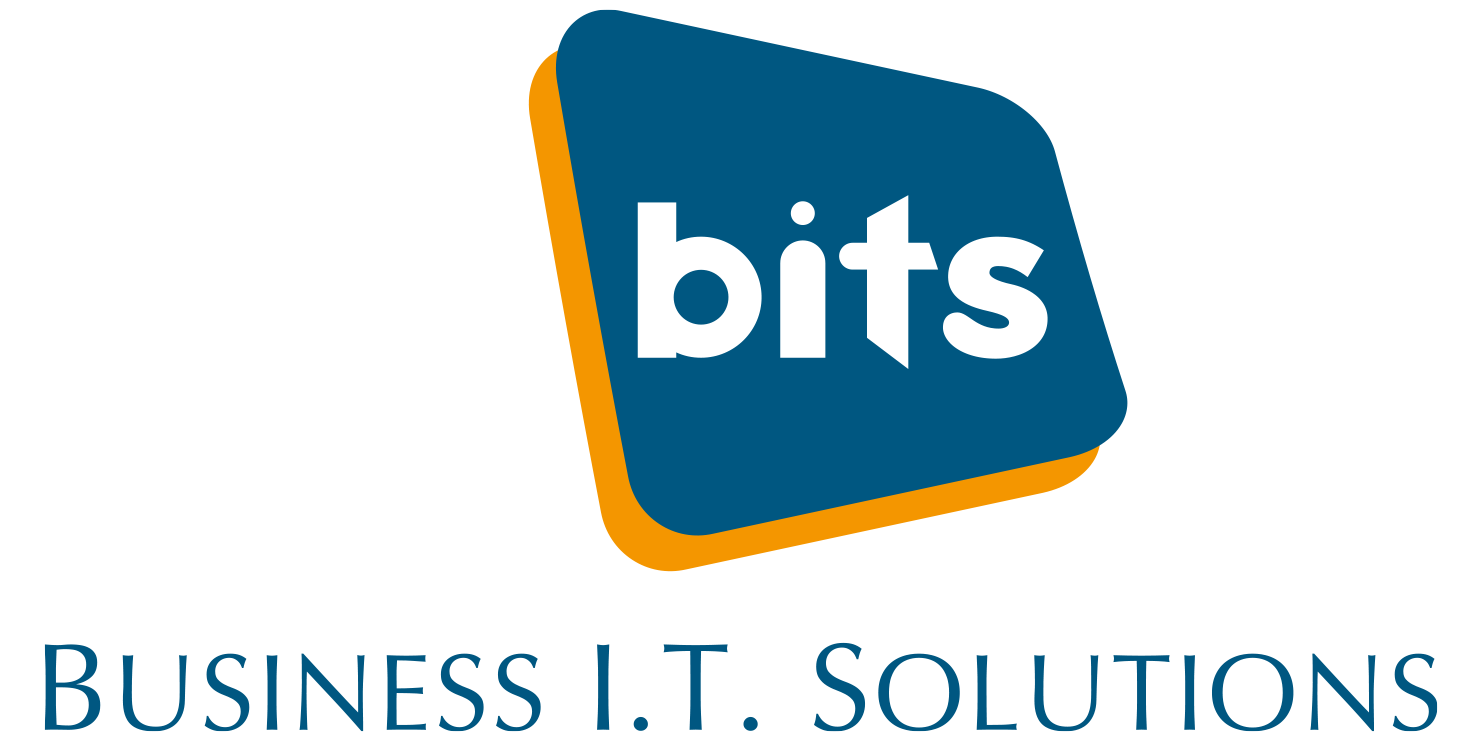Business customers’, consumers’, and employees’ expectations are evolving rapidly. To stay relevant and competitive, businesses need a flexible technology infrastructure that allows them to constantly reinvent how they serve their customers and employees.
With the Cloud promising to deliver unparalleled levels of agility, plus many other benefits, businesses of all sizes want to migrate. However, there are several Cloud migration challenges you must prepare for.
What is a Cloud Migration?
While corporate data was traditionally stored in on-premises servers, more and more companies are now moving their data and workflows into the Cloud. The Cloud offers multiple advantages compared to corporate datacentres, namely its more modern, more cost-efficient and higher security as well as enhancing efficiency, communication and collaboration for your team.
A Cloud migration refers to the process of migrating processes, databases and applications either from traditional datacenters into the Cloud, or migrating from one Cloud to another. This comes with it’s own set of unique Cloud migration challenges. Let’s explore these in more detail.
6 Challenges of Moving to the Cloud in 2023
While 60% of corporate data is now saved in the Cloud, challenges remain of migrating from one deployment to another. We want to help you ensure a smooth transition, so in the following we talk about how to address common the 6 Cloud migration challenges.
The 6 Cloud migration challenges in 2023 we cover are:
- Adapting people and processes
- Time and cost
- Security and compliance
- Choosing the right services
- Choosing the right strategy
- Hiring extra personnel
Adapting people and processes
First on our list of Cloud migration challenges is the IT Infrastructure Library Framework. Or ITIL for short. If you’re familiar with the ITIL Framework, you’ll know that Cloud technology cannot guarantee success on its own. Suppose your people are not open to and positive about change. In that case, it is unlikely they will use the new technology to adapt processes and services in a meaningful way that delivers a competitive advantage. Therefore, getting everyone on board and excited for the journey before your migration is essential.
Time and cost
Cloud migrations are complex, and if you’ve never been involved in one before, you don’t know what you don’t know. Businesses often underestimate the project’s scope, which leads to unrealistic time frames, inaccurate costs and over promised financial outcomes. All unique Cloud migration challenges in their own right. However, setting accurate expectations from the get-go ensures there are no surprises that risk upending the project.
Security and compliance
When a business migrates to the Cloud, it often has to comply with new standards, acquire new licenses and change its compliance approvals, including developing a comprehensive security clearance system incorporating different user access levels. The consequences of getting this wrong are significant, so working with a proven managed services provider (MSP) that can implement a robust cyber security strategy is a great way to minimise risk and cut one of the major Cloud migration challenges.
Choosing the right services
To maximise your ROI and ensure a sustained competitive advantage, you must get the right foundations for your new IT environment without overspending. However, the number of Cloud services on the market grows daily. This means, it is often hard to know which ones align with your business and strategic requirements. For example, Microsoft Teams Voice lets all your employees make phone calls through Teams-enabled devices. Depending on your business’ needs, you may be able to make all your calls through this Team add-on and vastly reduce the cost of your business telephony.
Choosing the right strategy
Based on their needs and risk profile, businesses must decide how best to migrate to the Cloud. Planning the appropriate strategy can ensure you mitigate or completely eradicate many of these common Cloud migration challenges.
A non-optimal approach could negatively impact productivity and ROI and even increase risk. For example, ‘lift and shift’ may seem the fastest way. Still, it will not be appropriate if your applications have compatibility issues or the runtime environment differs from the cloud environment. Therefore, it is critical to understand your existing data, scalability requirements, compatibility issues and obsolete components before deciding on your roadmap.
Hiring extra personnel
If your business has relied on legacy technology, your IT team likely needs upskilling with current Cloud knowledge before you migrate. Additionally, it makes sense to consider whether your team can implement a complex and time-consuming data migration without sacrificing the performance of your existing systems. Alternatively, consider bridging the skills and capacity gap by working with an MSP with Cloud expertise.
How We Overcome Cloud Migration Challenges
At BITS, we’ve been helping businesses migrate to the Cloud for years. One of our clients, the Pembroke Hotel, realised they needed to deploy new broadband network services and to migrate some of its data to the Cloud when they decided to expand their service to include top of the range managed offices.
Following an in-depth survey of the premises and a Cloud migration compatibility study, we identified a number of suitable broadband network providers and Cloud-based solutions.
“We engaged BITS to provide us with a more managed approach to our IT Services than what we had in place previously. They are very proactive and are working with us on an on-going basis to continue to develop the network.” – John Ryan, Hotel Manager, Pembroke Hotel
Read the full case study here.
Getting Cloud Migration Right
Right The challenges of migrating to the Cloud can feel overwhelming, but you can easily overcome them and benefit from the massive productivity, security, agility and cost-related benefits it offers. Get in touch with a member of the team to talk about how we could support you on your end-to-end journey and help to maximise your business outcomes.

